The mystery of dinosaur hearing has fascinated paleontologists for generations. As extinct creatures that left behind only fossilized remains, understanding their sensory capabilities requires clever detective work comparing their anatomy to modern animals. One particularly intriguing question concerns their ears – did dinosaurs have simple ear openings like modern reptiles, or more complex external ears similar to birds? The answer isn’t straightforward and involves examining fossil evidence, evolutionary relationships, and what we know about dinosaurs’ closest living relatives. By exploring this question, we gain fascinating insights into dinosaur biology and their place in the evolutionary timeline.
The Basics of Vertebrate Hearing Anatomy
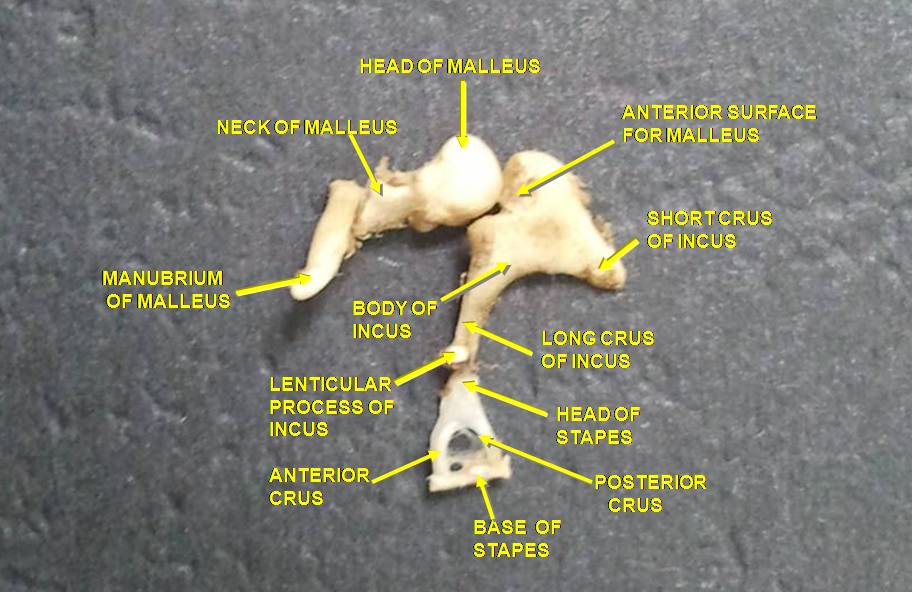
Before diving into dinosaur ears specifically, it’s important to understand the basic anatomy of hearing structures in vertebrates. All vertebrates have inner ears responsible for sound detection and balance, containing fluid-filled canals and sensory cells. The middle ear, which transmits sound vibrations from the outside world to the inner ear, varies significantly across species. Mammals typically have three middle ear bones (malleus, incus, and stapes), while reptiles and birds have a single bone called the columella. The external ear – what we commonly think of as the “ear” – ranges from simple openings in reptiles to elaborate external structures in mammals, with birds having a specialized opening covered by feathers. These differences reflect adaptations to different environments and lifestyles.
Dinosaur Ear Anatomy From Fossil Evidence
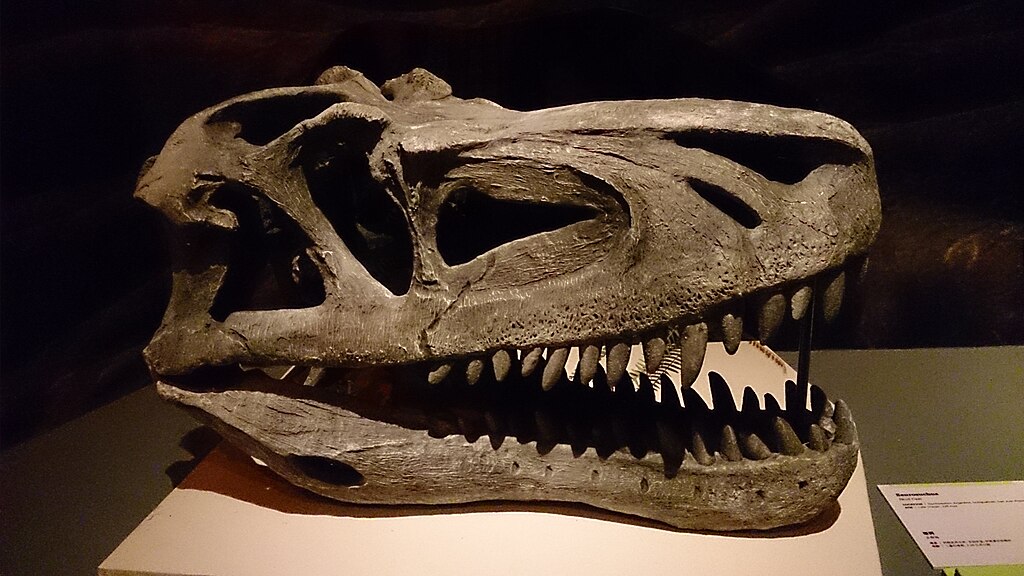
Fossil evidence provides our primary window into dinosaur ear anatomy, though soft tissues rarely preserve. Skulls of various dinosaur species show openings called the external auditory meatus, which led to the middle ear. These openings are typically located on the sides of the skull behind the eye sockets. In many dinosaur fossils, paleontologists can identify the position of the tympanic membrane (eardrum) and parts of the middle ear. The inner ear can sometimes be studied through CT scans of well-preserved fossils, revealing the semicircular canals that provided balance. However, the external structures around the ear opening – the part that would indicate whether dinosaurs had external ear flaps like mammals or simple openings like reptiles – rarely fossilize, creating challenges for researchers trying to reconstruct complete dinosaur hearing systems.
The Evolutionary Connection Between Dinosaurs and Birds

The evolutionary relationship between dinosaurs and birds is crucial for understanding dinosaur ear anatomy. Modern birds are directly descended from theropod dinosaurs, making them the only living dinosaur descendants. This relationship has been confirmed through numerous anatomical similarities and transitional fossils showing the gradual evolution from small theropod dinosaurs to early birds. Because of this close relationship, scientists often use birds as a reference point for inferring dinosaur traits that don’t preserve well in fossils. The ear structures of modern birds therefore provide important clues about what dinosaur ears might have been like, especially for the theropod lineage that led to birds. This approach, called phylogenetic bracketing, allows scientists to make educated inferences about soft tissue structures that don’t typically fossilize.
Comparing Lizard and Bird Ear Structures

Modern lizards and birds represent two distinctly different approaches to ear anatomy. Lizards have relatively simple hearing systems with an external ear opening that’s often visible as a hole on the side of the head, sometimes partially covered by scales. Inside, they have a tympanic membrane and a single middle ear bone (the columella) that transmits sound vibrations to the inner ear. Birds, while also having only one middle ear bone, have more sophisticated hearing adaptations. Their external ear openings are covered by specialized feathers that protect the ear while still allowing sound to pass through. Birds also have a more specialized middle ear that can amplify sounds and filter frequencies, adaptations that help with their complex vocalizations and communication. These differences provide comparative models for understanding where dinosaurs might fit on this spectrum.
Evidence From Theropod Dinosaurs

Theropod dinosaurs, the group that includes Tyrannosaurus rex and ultimately led to birds, provide some of the most compelling evidence about dinosaur hearing. Well-preserved theropod skulls show ear openings that appear more similar to birds than to lizards in many aspects. CT scans of theropod skulls reveal inner ear structures that suggest these dinosaurs had hearing ranges specialized for detecting the specific frequencies of sounds made by their prey or by other theropods. Some advanced theropods, particularly those closest to the bird lineage, show evidence of a more bird-like hearing apparatus with adaptations for detecting a wider range of frequencies. The ear openings in many theropod skulls suggest they lacked external ear flaps, instead having a bird-like arrangement where the opening might have been covered by specialized scales or proto-feathers that served similar functions to the feathers covering bird ears today.
Evidence From Ornithischian Dinosaurs
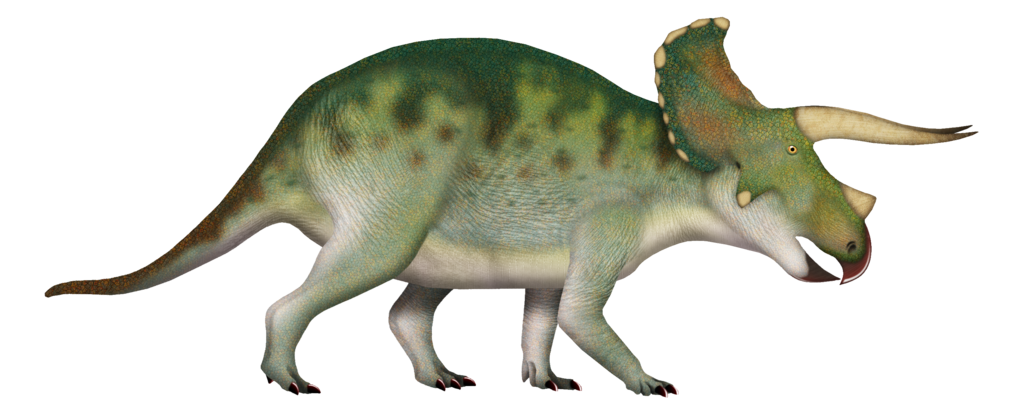
Ornithischian dinosaurs, the group that includes Triceratops, Stegosaurus, and hadrosaurs, show different ear adaptations than their theropod cousins. Many ornithischians had large skull chambers connected to their ear structures, particularly evident in duck-billed hadrosaurs. These chambers likely served as resonating structures, amplifying sounds and potentially allowing for complex vocalizations and hearing. The external ear openings in ornithischians appear more reptile-like than bird-like in most specimens, suggesting they may have had simpler external ear structures similar to modern reptiles. However, the middle and inner ear structures in some ornithischians show sophisticated adaptations for hearing that go beyond what we see in modern reptiles. This suggests that while their external ears may have resembled those of reptiles, their actual hearing capabilities might have been more advanced.
The Role of Skull Anatomy in Dinosaur Hearing
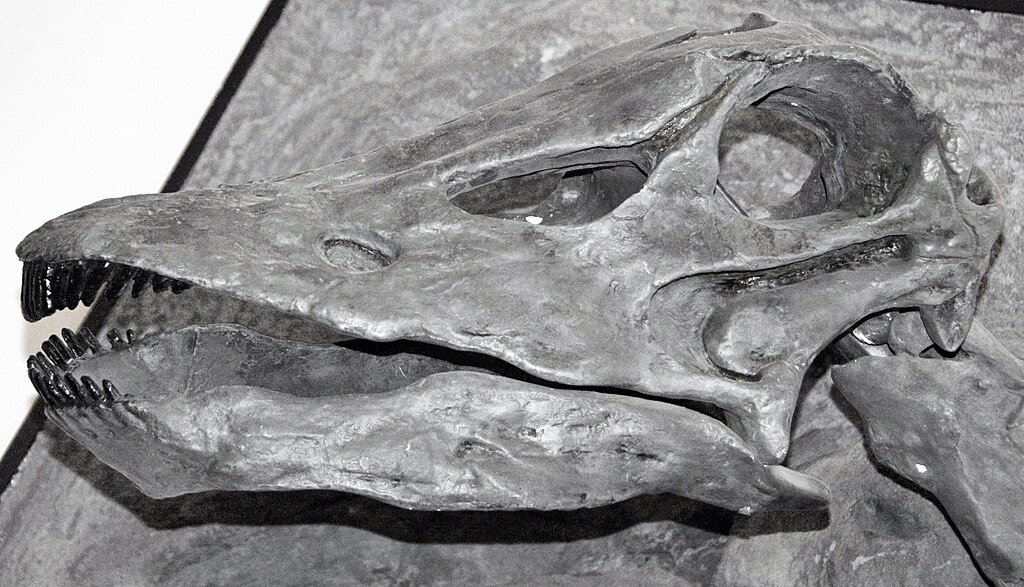
The overall structure of dinosaur skulls played a significant role in their hearing capabilities. Different dinosaur groups evolved distinct skull morphologies that affected how sound waves reached their ears. Large herbivorous dinosaurs like sauropods had massive skulls with ear openings positioned high on the head, which would have affected the range of sounds they could detect. Predatory theropods often had ear openings positioned to optimize detection of sounds coming from potential prey. Some dinosaurs, particularly ceratopsians like Triceratops, had large frills extending from the back of their skulls that may have influenced sound reception. The orientation and size of ear openings relative to other skull features provides clues about what types of sounds were most important for different dinosaur species to detect, from low-frequency rumbles to higher-pitched vocalizations.
The Impact of Size on Dinosaur Hearing
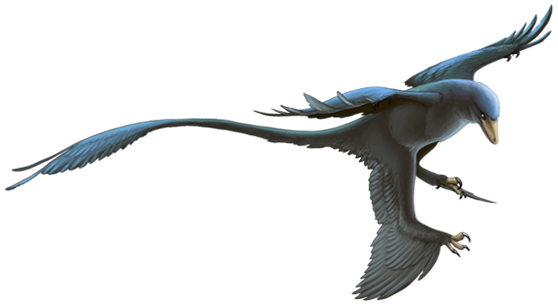
The enormous size range of dinosaurs likely had significant implications for their hearing abilities and ear structures. Tiny dinosaurs like Microraptor, which was roughly the size of a crow, probably had hearing capabilities optimized for higher frequencies similar to modern birds of comparable size. In contrast, massive sauropods like Brachiosaurus, weighing dozens of tons, would have been more sensitive to low-frequency sounds that travel farther distances – a pattern we see in large modern animals like elephants. The physical constraints of sound wave detection at different body sizes would have influenced the evolution of ear structures across dinosaur lineages. Middle ear bones and tympanic membranes would have needed to be proportionally different to effectively transmit sound vibrations in a small Compsognathus versus a giant Argentinosaurus. These size-related adaptations likely resulted in different external ear configurations throughout dinosaur evolution.
Implications for Dinosaur Communication

Understanding dinosaur ear structures provides insights into how these animals might have communicated with each other. The hearing ranges suggested by fossil ear structures indicate many dinosaurs could detect vocalizations from members of their own species. Hadrosaurs, with their elaborate nasal crests and resonating chambers, appear specially adapted for producing and detecting specific calls, possibly for herd coordination or mating displays. The sophisticated hearing capabilities of many theropods suggest they could have used vocalizations for hunting coordination, territorial defense, or mating rituals. Some paleontologists hypothesize that certain dinosaurs may have used infrasound (very low-frequency sounds below human hearing range) for long-distance communication, similar to modern elephants. The co-evolution of vocalization structures and hearing capabilities likely played an important role in dinosaur social behavior and ecology.
Technological Advances in Studying Fossil Ears

Modern technology has revolutionized our understanding of dinosaur ears by allowing non-destructive examination of internal skull structures. CT scanning enables researchers to create detailed three-dimensional models of the spaces inside fossil skulls where ear structures once existed. These scans reveal the size and shape of inner ear canals, the position of the middle ear, and the pathways for nerves related to hearing. Computer modeling techniques can use this anatomical data to simulate how dinosaur ears would have responded to different sound frequencies. Synchrotron imaging, which uses powerful X-rays to see extremely fine details in fossils, has revealed previously unknown structures in dinosaur ear regions. As these technologies continue to advance, paleontologists are able to extract increasingly detailed information from fossils, gradually filling in our picture of dinosaur sensory capabilities.
The Transition From Dinosaur to Bird Ears
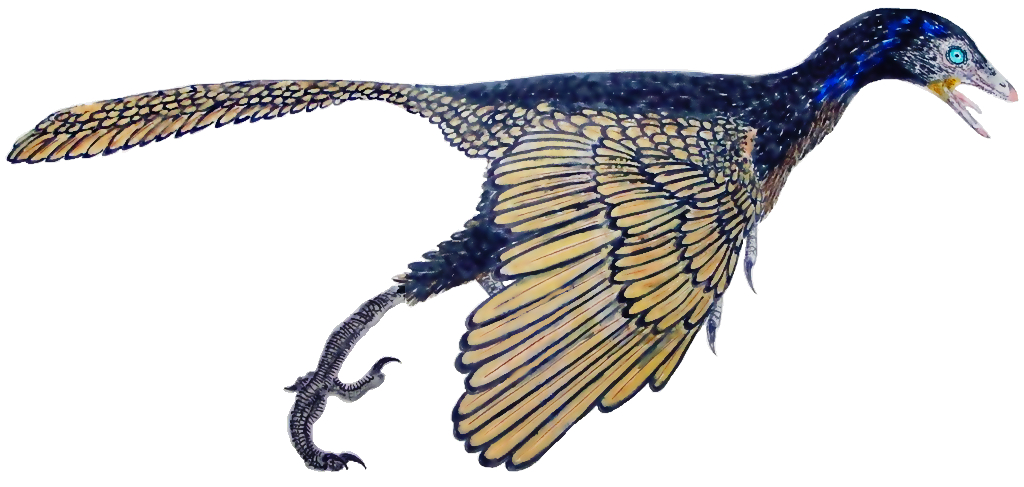
The evolutionary transition from non-avian dinosaur ears to bird ears represents one of the most fascinating aspects of dinosaur hearing research. Fossil evidence from feathered dinosaurs and early birds shows a gradual transformation in ear structure over millions of years. Early birds like Archaeopteryx still retained some dinosaur-like ear characteristics while beginning to show adaptations for the specialized hearing needs of flying animals. The transition likely involved changes in the orientation of the ear opening to better detect sounds from multiple directions, crucial for aerial predators. Middle ear structures became increasingly specialized for detecting the higher-frequency sounds relevant to bird communication. The external ear opening gradually developed specialized feather coverage that protected the ear while still allowing sound transmission. This transition demonstrates how hearing structures evolved in tandem with other avian adaptations like flight and increased vocalization complexity.
Modern Analogs and the Extant Phylogenetic Bracket
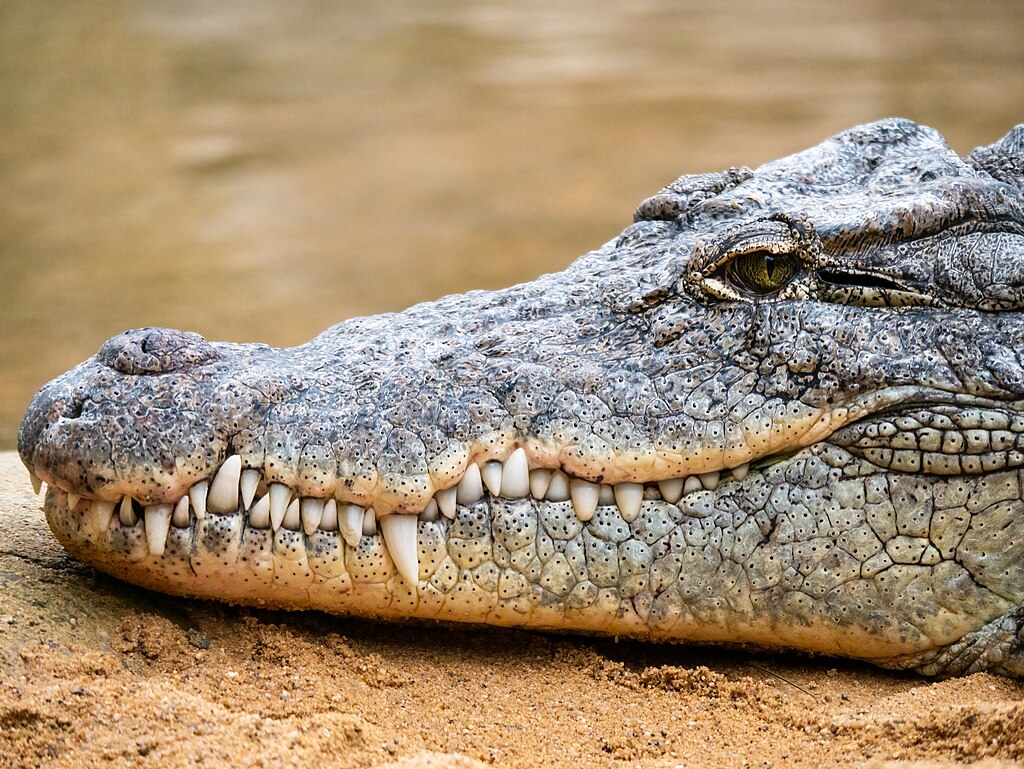
Scientists use a method called the Extant Phylogenetic Bracket to make inferences about dinosaur soft tissues by examining their closest living relatives. For dinosaurs, these brackets are crocodilians and birds – the two living archosaur groups. Crocodilians have relatively simple ear openings covered by a flap of skin that can close underwater, while birds have specialized feather-covered openings. By examining these living relatives, paleontologists can make educated guesses about where on this spectrum different dinosaur groups might have fallen. Features shared by both crocodilians and birds were likely present in dinosaurs too, while features unique to one group or the other require additional evidence to determine if dinosaurs possessed them. This comparative approach helps scientists reconstruct dinosaur ear structures despite the limitations of the fossil record, which rarely preserves soft tissues like external ear structures.
Current Scientific Consensus on Dinosaur Ears

The current scientific consensus suggests most dinosaurs had ear structures that were intermediate between those of modern reptiles and birds, but with significant variation across different dinosaur groups. Theropod dinosaurs, particularly those closest to the bird lineage, likely had more bird-like ear structures with specialized coverings over their ear openings rather than exposed holes or mammal-like external ears. Ornithischians and sauropods may have had more reptile-like external ear openings, though their middle and inner ear structures could have been quite sophisticated. Most evidence indicates dinosaurs lacked fleshy external ear flaps like those seen in mammals. Instead, they likely had openings that may have been partially covered by specialized scales or, in the case of feathered dinosaurs, by feather structures similar to those of modern birds. As with many aspects of dinosaur biology, there was probably significant diversity in ear structures across the over 1,000 known dinosaur species that lived over a span of 165 million years.
Conclusion: The Evolutionary Spectrum of Dinosaur Ears

The question of whether dinosaurs had ear holes like lizards or ears like birds doesn’t have a simple answer because dinosaurs themselves weren’t a uniform group. Their ear structures likely existed along an evolutionary spectrum, with earlier and more basal forms having more reptile-like arrangements, while later theropods evolved increasingly bird-like characteristics. What’s clear is that dinosaur hearing was sophisticated and adapted to their specific ecological niches, whether they were massive herbivores needing to detect the rumble of approaching predators or agile hunters relying on precise sound localization to capture prey. As paleontological techniques continue to advance, our understanding of dinosaur sensory capabilities grows increasingly nuanced. The story of dinosaur ears is ultimately a fascinating chapter in the broader narrative of vertebrate evolution, showing how sensory systems adapted to changing environments and lifestyles over millions of years of Earth’s history.



